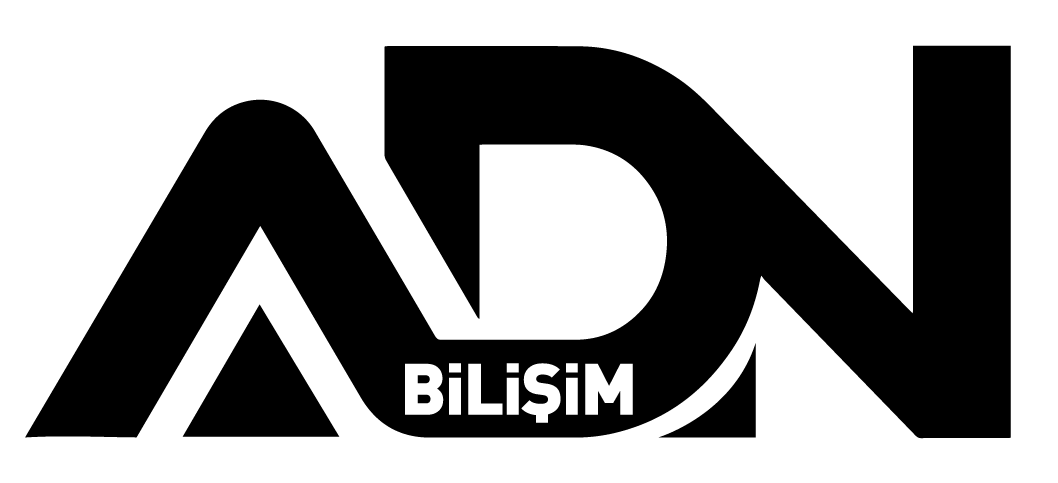Contents
Entrance
With the proliferation of the Internet, websites have become an important platform where businesses, individuals, and organizations create and publish their online presence. However, a website must go beyond just providing information and effectively communicate with the target audience, reflect the brand identity and impress users. This is where web design comes into play.
1.1Definition of Web Design
It is the process of creating the look, feel, and usability of websites on the Internet. This process allows websites to communicate effectively by combining aesthetic elements, user experience and functionality. A good web design organizes information in accordance with the purpose of the site, guides users and strengthens the brand message.

1.2 Web Design Stages
- Research and Planning: At the beginning of the process, project requirements are determined, target audience is analyzed and competitor analysis is performed. This stage is critical to determine the purpose, goals and key features of the website.
- Design process:
- Compensation: At this stage of the design process, the key elements of the design are determined, usually on paper or digitally.
- Compensation Refinement: Based on customer feedback, the design is improved and detailed.
- Final Design: The final design is created, all details are determined and approved.
- Development and Coding: Front-end and back-end developers, design HTML, CSS, JavaScript and make it real using other programming languages. At this stage, the functionality of the website is also integrated.
- Testing and Improvement: The website is tested on different browsers and devices. User tests are conducted and feedback is collected. Based on this feedback, necessary improvements are made on the site.
- Release and Maintenance: The website is launched and regular maintenance is carried out. Content updates, security updates and performance improvements are made regularly.
1.3 Tips to Be Successful in Web Design
- User-Centered Design: Design the website according to the needs of the target audience. Make sure users can easily access the information they want and take the actions they want.
- Responsive Design: Make the website look good on different devices and screen sizes. With the increasing use of mobile devices, responsive design web It has become important for websites. This improves user experience and ensures accessibility.
- Simplicity and Usability: Avoid complex designs and ensure users navigate the site easily. A simple and clear layout allows users to quickly find the information they want.
- SEO Friendly Design: Follow SEO best practices to make the website more visible in search engines. Title tags, meta descriptions, proper URL structures etc. SEO Optimize your elements.
- Reflect Brand Identity: The website should reflect your brand's identity and reinforce the brand message. Elements such as color scheme, logo usage and content tone should reflect the character of your brand.
Conclusion
It is the basis for creating interactive and functional websites on the Internet. Good web design improves user experience, strengthens brand identity, and successfully represents businesses' online presence. Therefore, investing in web design is critical for long-term success.
FAQ
- What is web design?
- It is the process of creating the appearance, usability, and user experience of websites on the Internet.
- What are the duties of a web designer?
- A web designer creates the aesthetic design of websites, plans layout and navigation to improve user experience, and often codes the design using languages such as HTML, CSS, and JavaScript.
- What are the basic technologies used?
- Core web design technologies include HTML, CSS and JavaScript. These are used to control the structure, style and interactivity of websites.
- What is responsive design and why is it important?
- Responsive design is a design approach that ensures the website looks good on different devices and screen sizes. With the increasing use of mobile devices, responsive design has become important for websites.
- What are the most important elements to consider when doing web design?
- Elements such as user experience, site performance, SEO compatibility, visual aesthetics, accessibility and security should be taken into account in its design.
- How to create an SEO friendly web design?
- SEO friendly designIt must have a user-friendly and accessible structure. Additionally, consideration should be given to factors such as appropriate title tags, meta descriptions, proper URL structures, and fast loading times.
- What is user experience (UX) in web design and why is it important?
- User experience (UX) is a discipline concerned with how users experience a website. A good UX allows users to navigate the website comfortably, access information easily and take the actions they want.
- What should be taken into consideration for website security?
- Precautions should be taken for website security, such as the use of HTTPS, strong passwords, regular security updates, reliable hosting providers and regular checks for security vulnerabilities.
- How to maintain the website after it is published?
- Website maintenance includes content updates, security patches, performance monitoring, and improvements based on user feedback.
- What are the trends and how to stay up to date?
- Trends change constantly. It's important to follow industry blogs, design conferences, and related publications to stay up to date.



